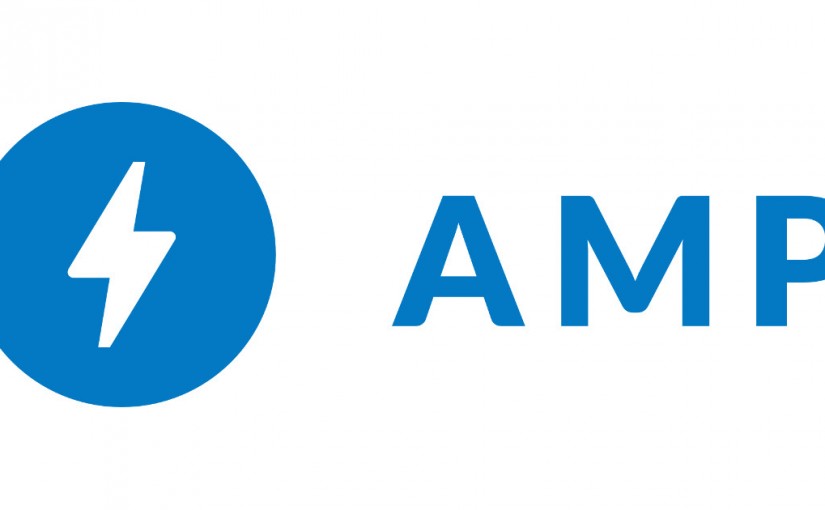A few weeks ago, Google announced that it is going to be factoring in page loading times on mobile devices when it ranks websites for mobile search. The so called “Speed update” is expected to be fully implemented in July of this year. That means you have about six months to figure out how to get your business website ready for the fast mobile web.
Why is Google Rolling Out a Speed Update?
Ranking websites based on loading times is nothing new. Since 2010, Google has been giving search rank priority to sites with faster load times. But that was for the “desktop” version of the site. According to Google, more than 50 percent of global search queries are now being done on mobile devices versus a standard desktop computer. As mobile-based search and other transactions increase, Google wants to give mobile device users a better experience. This is in part fueled by mobile users themselves who are complaining about slow mobile page loading times and mobile sites that are awkward hard to navigate, or don’t fully work.
Will the Speed Update Affect Your Business Website?
The short answer is maybe yes… maybe no. According to Google at first “Only a small percentage of queries will be affected.” But, if past behavior is any indication, small business owners would do well not to ignore the call for a better mobile experience, since it is only a matter of time before the mobile UX performance will be baked into the search rankings for all sites. We can think of the upcoming speed update as a heads up to developers and to those who hire them, that major changes are on the horizon.
What is Google AMP?
In order to make it easy for site owners to get their websites up to speed, Google has been a major force behind the Accelerated Mobile Page (AMP) project. The AMP Project is an open-source initiative designed to make mobile pages load much faster. The project enables the creation of websites and ads that are “consistently fast, beautiful and high-performing across devices and distribution platforms.”
AMP is basically a stripped-down version of HTML. Fast loading times occur because the pages are designed for static, though enticingly clickable, content. Since the AMP project is built with existing technology, adding it to your website is actually pretty painless. All the major content management systems, such as WordPress, have plugins that generate AMP content automatically, and the best part is that it’s free, unless you are looking for premium support.
It’s important to note that Google started highlighting AMP enabled sites in its search results in 2016.
How Can You Test Your Website for Loading Time?
There are several tools that can help you see just how quickly your site loads on a mobile device. Usually, these platforms run a test and then offer not only a rundown of the results, but helpful suggestions for improvement. Some of the suggestions can be a bit technical, though. The two tools to start out with are:
- PageSpeed Insights from Google
- Website Speed test from Pingdom
Bottom line: the mobile web is only expected to growth in coming years. It is certainly the future of the internet, communications, and all kinds of commerce. But, with this trend comes the need for quick loading, seamless, and well-designed content. Whether or not Google’s July update with affect your site, you can’t afford to ignore it.
